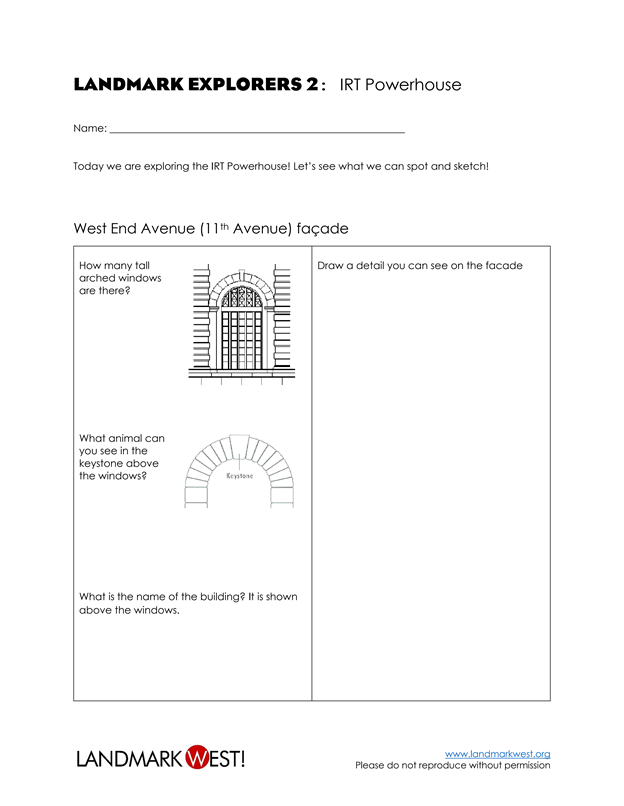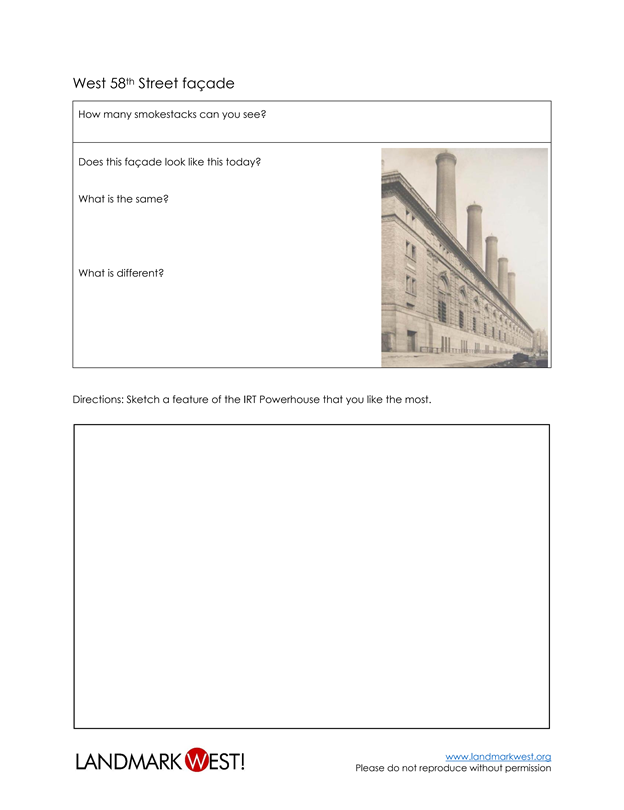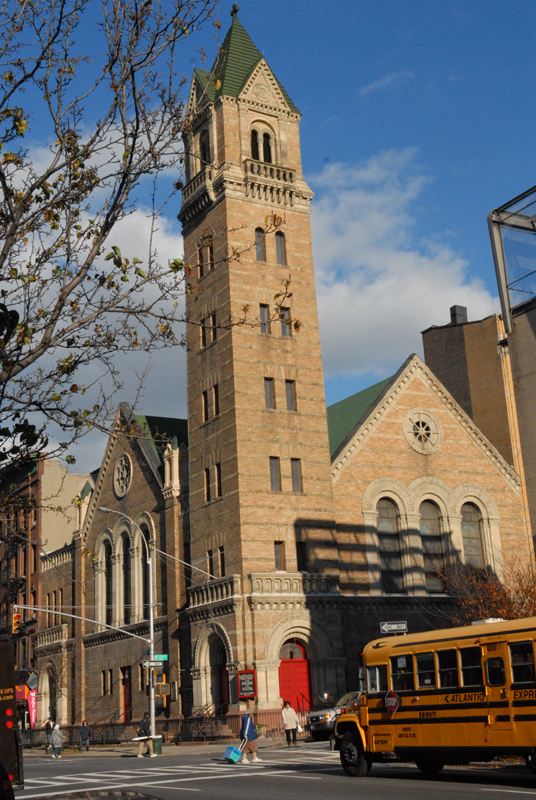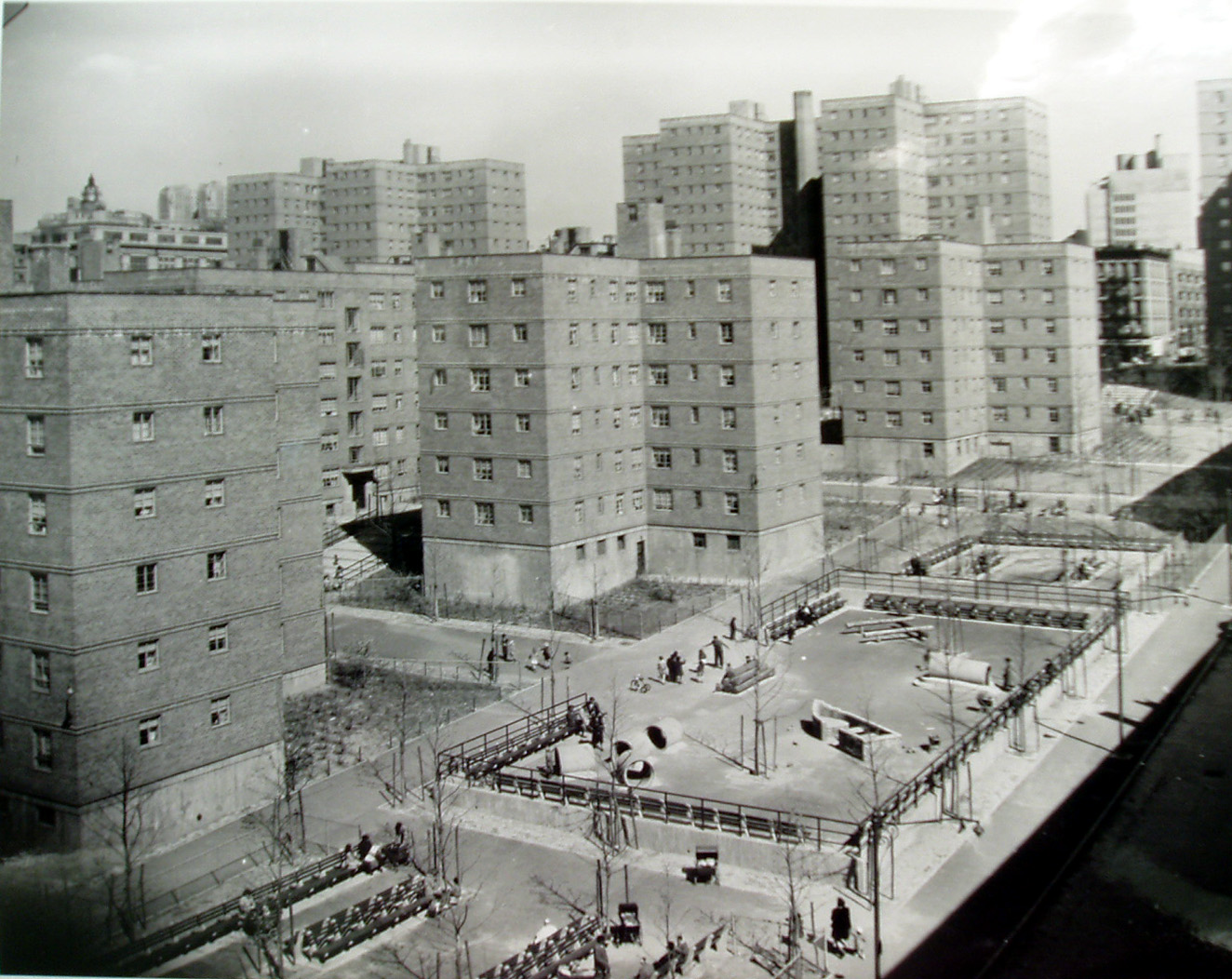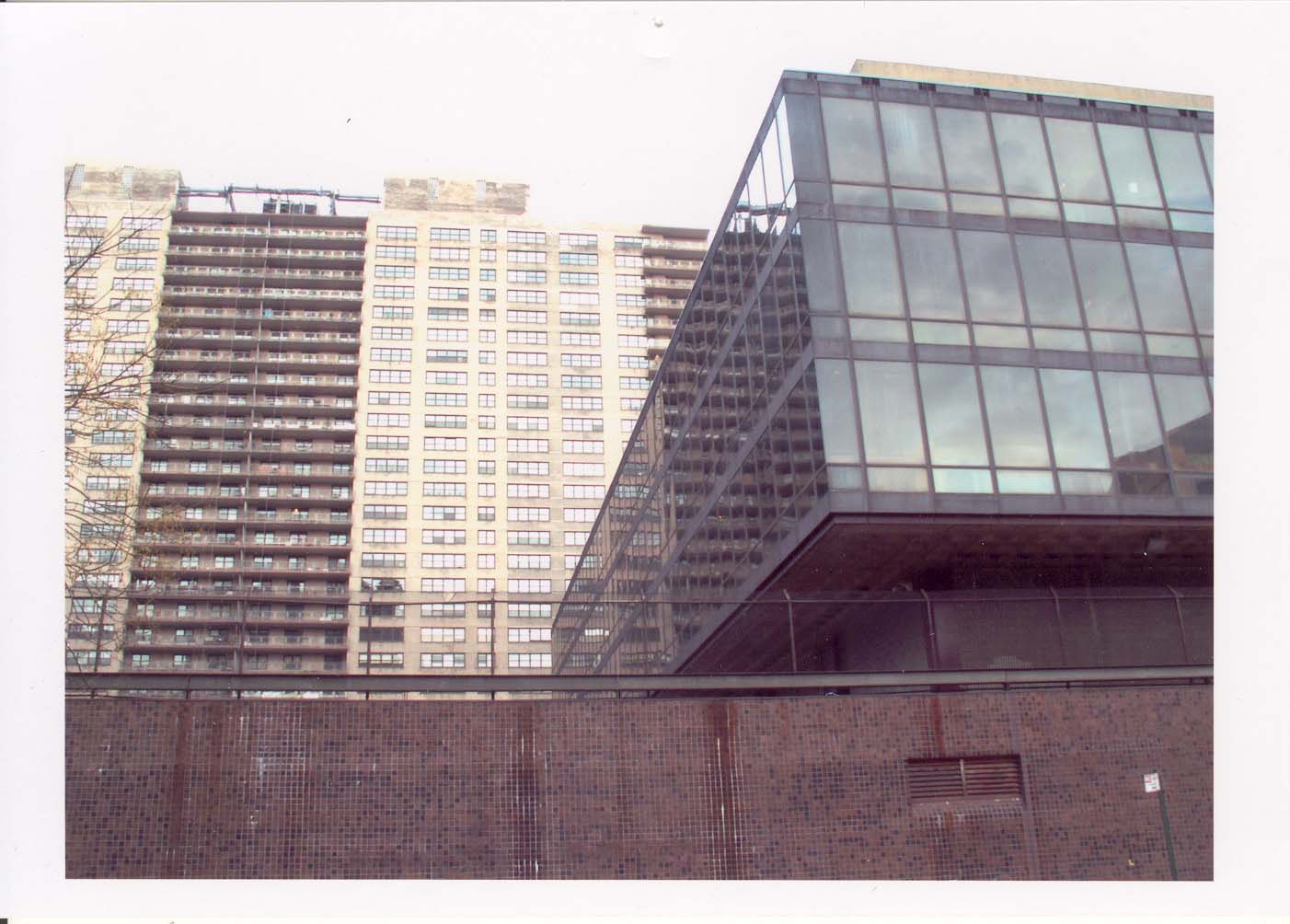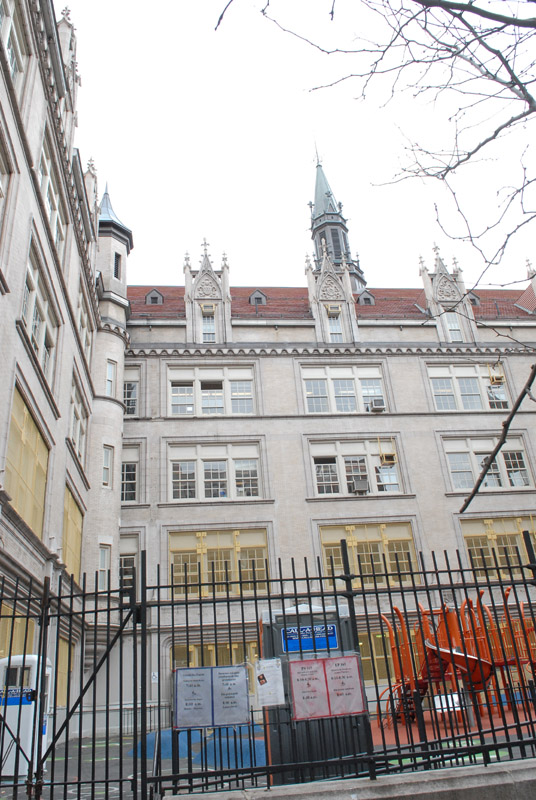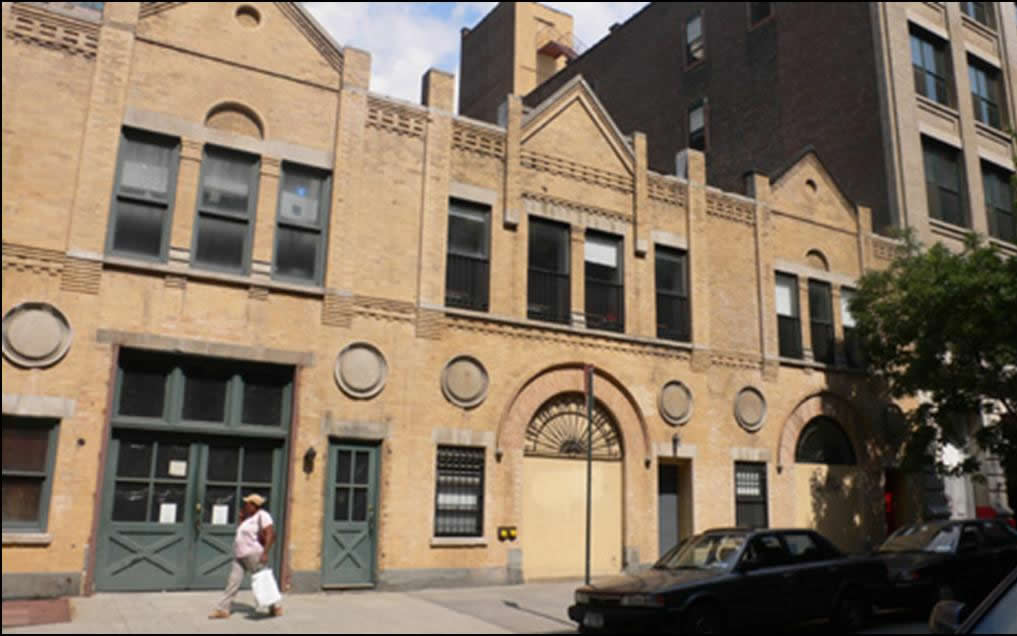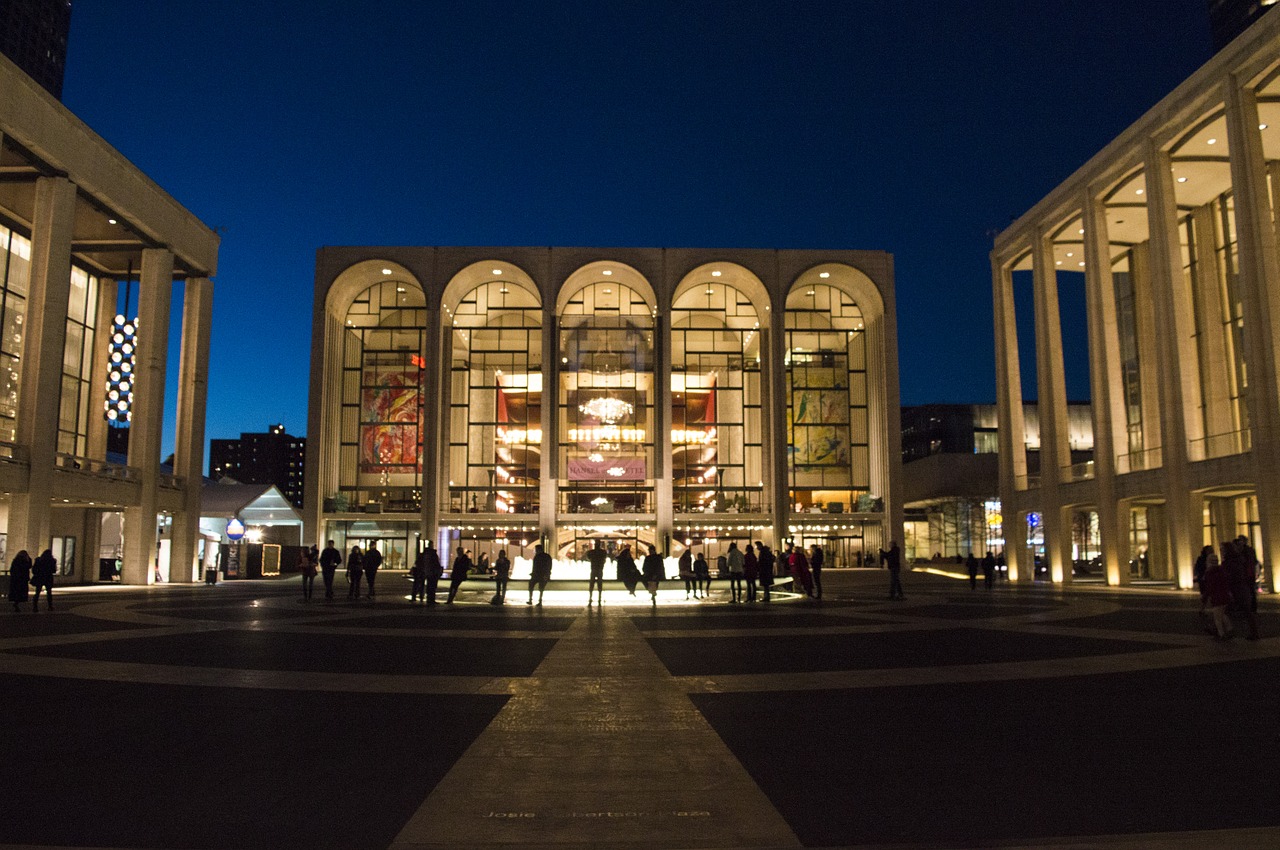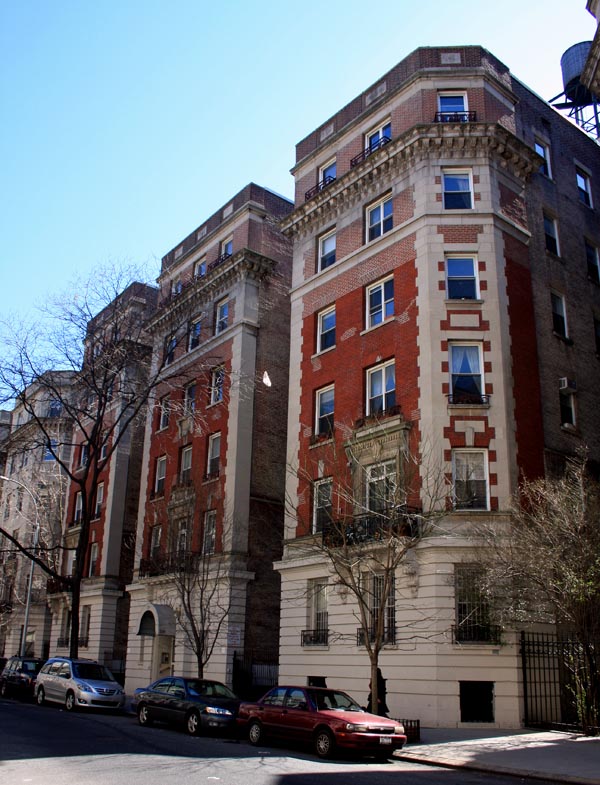KPF@HOME
Landmark ExplorersWhat is preservation? Maybe you’ve never used the word, but you’re probably already a preservationist! Do you have a place where you save special toys or books that you used when you were younger? Saving those important pieces of your past- for yourself, or for our own children when you’re older- is a type of preservation.
Like those toys or books, many buildings are meaningful parts of our world and our history that are worth preserving. Let’s explore those buildings on the Upper West Side that connect the present to the past and, if we’re careful, the future as well.
So what is our Landmarks Law, and why do we have it?
Our Landmarks Law came about following the demolition of Pennsylvania Station in midtown Manhattan. It was so big it took up two full city blocks and construction took nearly 10 years (from 1901 to 1910). It was built of pink granite on the outside with stone, glass and steel on the inside. The design was based on an ancient Roman building. But, by the 1960s, some people though Penn Station was out of date and too expensive to keep. Sadly, it was demolished in 1963 for the construction of our current Madison Square Garden. New Yorkers were so upset by the destruction of Penn Station and other special places that they pushed for the government to create the Landmarks Law. In 1965 the Landmarks Law came into effect to protect landmarks in New York City from being damaged or destroyed.
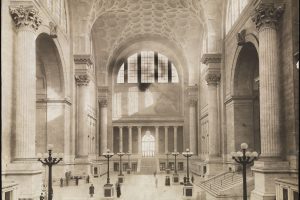
The 4 Types of Landmarks
There are 4 different types of landmarks in New York City. Toggle through them below to learn about each kind!
Individual Landmark
An individual (or exterior) landmark is a single building of particular importance. Maybe someone famous or important once lived there, something significant in history happened there, or maybe it was designed by a famous architect. One famous example on the Upper West Side is The Dakota Apartments on Central Park West.
Interior Landmark
An interior landmark refers to an inside space that is accessible to the public. Some examples on the Upper West Side include the banking hall of the Central Savings Bank (now Apple Bank) on Broadway and 73rd Street, or the inside of the Beacon Theater on Broadway and 74th Street.
Historic District
A historic district is an area with lots of buildings that have a special characer as a group, such as the Upper West Side/Central Park West Historic District, or the Riverside-West End Historic District. Check out a map of the historic districts here on the Upper West Side!
Scenic Landmark
A scenic landmark usually has plants, trees, or grass, like Central Park or Verdi Square at Broadway between 72nd and 73rd Streets. Scenic landmarks may even have no buildings at all!
Activities
Draw a Landmark
INSTRUCTIONS:
The worksheets below invite you to draw and sketch details from the IRT Powerhouse, an important landmarked building right here on the Upper West Side! Use Google Maps below to follow the instructions on the worksheet. You can use the address in the top left corner of the map to track where you are in the neighborhood as you use your mouse to “walk” around.
can use the address in the top left corner of the map to track where you are in the neighborhood as you use your mouse to “walk” around.
MATERIALS:
Worksheets (print them out or draw on it on your device)
TIME:
20-30 minutes
Explore The IRT Powerhouse on Google Maps!
The IRT Powerhouse was built in 1904 to power the subway line to the Upper West Side. It was also built to look like an ancient Roman building! Use your mouse and arrows to explore around the building while completing the worksheets above. You are starting out looking at the West End/11th Avenue facade. Head south (to the left!) to see 58th Street!
nominate a landmark
Instructions:
Buildings become landmarks when their neighbors nominate them! Scroll below through our Wishlist of landmarks in our neighborhood (buildings that are important but aren’t protected yet.) Choose your favorite, and fill out the worksheet to the right explaining why you think it should be New York City’s next landmark!
Materials:
Worksheet (you can also fill it in on your device), pens and pencils

Our Landmarks Wishlist
Choose your favorite Wishlist building to complete the worksheet above.
West End Presbyterian Church
The West End Presbyterian Church is a beautiful church on West 105th Street that was built in 1891- that means it is 130 years old! This church was built in the Romanesque Revival architecture style, which means it has lots of rounded arches, towers, rough stone on the outside, and small windows inside those thick walls. It has light-yellow, speckled brick with matching bands of decorated terra-cotta.
Amsterdam Houses
Amsterdam Houses are a complex of public housing buildings around Amsterdam Avenue and West 61st Street. 13 buildings make up this complex, and they were desined by a series of prestigious architects. They were built starting in 1947, and the mostly low-rise buildings and tree-covered grounds stand in contrast to later tower-in-the-park developments. Amsterdam Houses exemplifies an early effort by the New York City Housing Authority to ensure racial and ethnic diversity in one of its projects.
Martin Luther King Jr. High School
This high school was built from 1969-1975 on Amsterdam Avenue between 65th and 66th Streets. It has a modern architectural style, with lots of right angles, glass, steel and concrete on the facade, or exterior. Those features give it a very industrial, stronghold-like feeling. It has remained a poised, quiet sentinel on this street for many years.
P.S. 163
This school on West 109th Street is a beautiful example of French Renaissance Rivial architecture, with dormer windows, a steep roof, turrets, and more decorations. It was built in 1900, meaning it is more than 120 years old! At the time, the Superintendent of School Buildings, C.B.J. Snyder, liked schools to be shaped like an H, with courtyards and lots of light. The students and neighbors of this school call it “The Palace School!”
Ballet Hispanico
Built in 1892, these buildings lie on West 89th Street. These handsome buildings, originally built as stables, evoke the days when New Yorkers travelled by horse and carriage. They are in a Romanesque Revival style, so look for rounded arches and big brick decorations on the outside. When cars were invented and people stopped using horses and carriages to get around, they were turned into garages before becoming residential.
Lincoln Center
Lincoln Center, built in 1962, is America’s first cultural center with multiple arts institutions grouped together in a city, a monument to the importance of the arts in everyday life. The collection of buildings, interiors, landscapes and art in a single locations is unparalleled. Strong geometric shapes define the architecture and landscape. Many world famous artists and architects worked together to build this center.
Ivy Court
Ivy Court was built in 1903, and was advertised in the New York Times as “all light: 7 rooms furnished or unfurnished, conceded to be the finest apartments on the West Side.” They buildings are an American Colonial architecture style with French Beax Arts features, so look for white limstone, red bricks, and minimal decorations on the outside.
Check Out Our Other KPF Kids Programs
Neighborhood Poetry
Inspiration is all around us! Explore the signs, sounds, and poetry of the city through sensory poems written about New York. Create your own poems to share your perspective.

Local History Detectives
What did your neighborhood look like 100 years ago? Explore old photographs and maps to see how the streets around you have changed over time.
Acknowledgements
KPF is made possible by the contributions of Council Members Helen Rosenthal and Mark Levine, as well as the New York State Council of the Arts (NYSCA) and the Department of Cultural Affairs (DCLA). With their support, Landmark West’s KPF program offers a suite of seven 3-part courses aligned with the NYC Core Curriculum in Upper West Side public schools for free every year.

